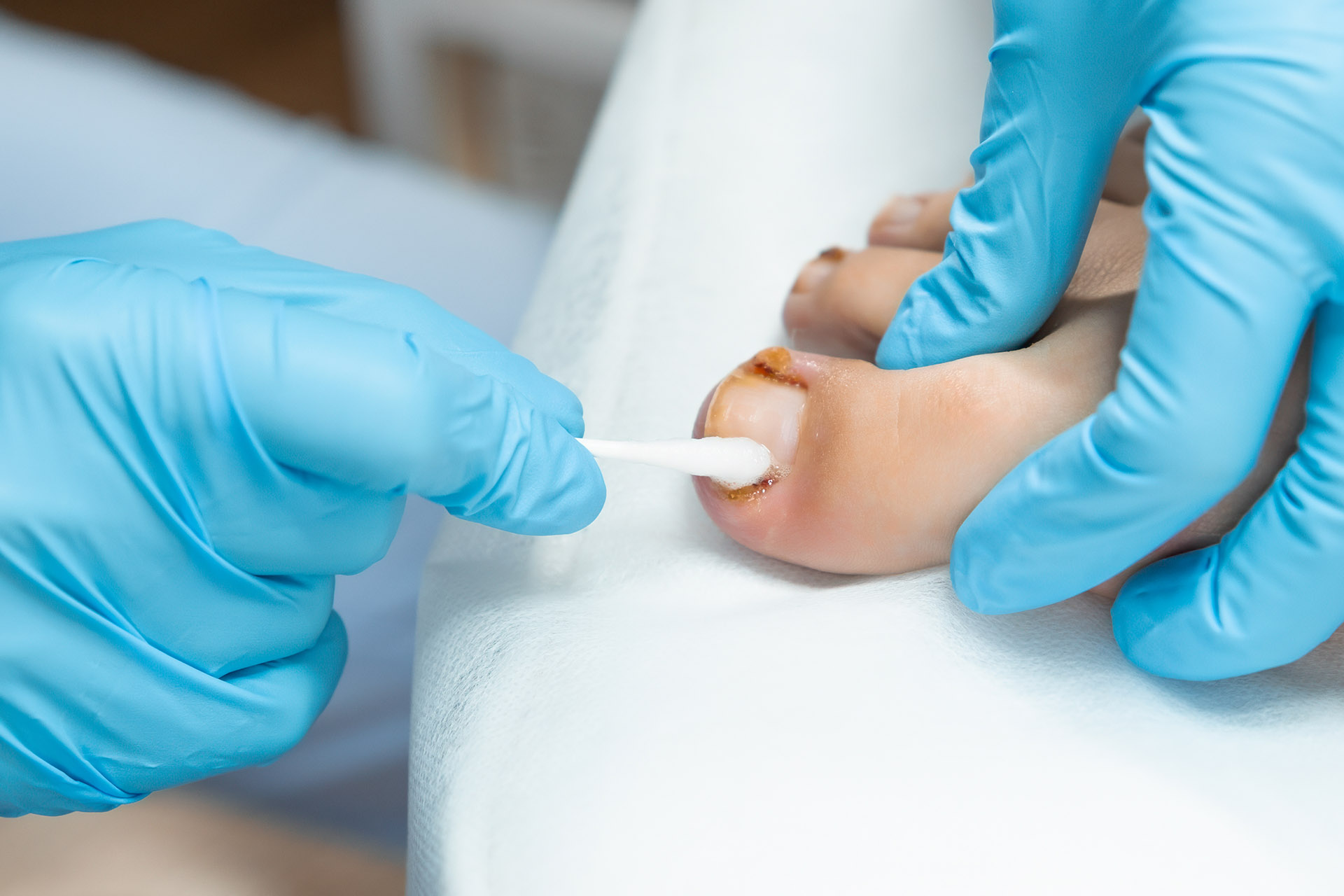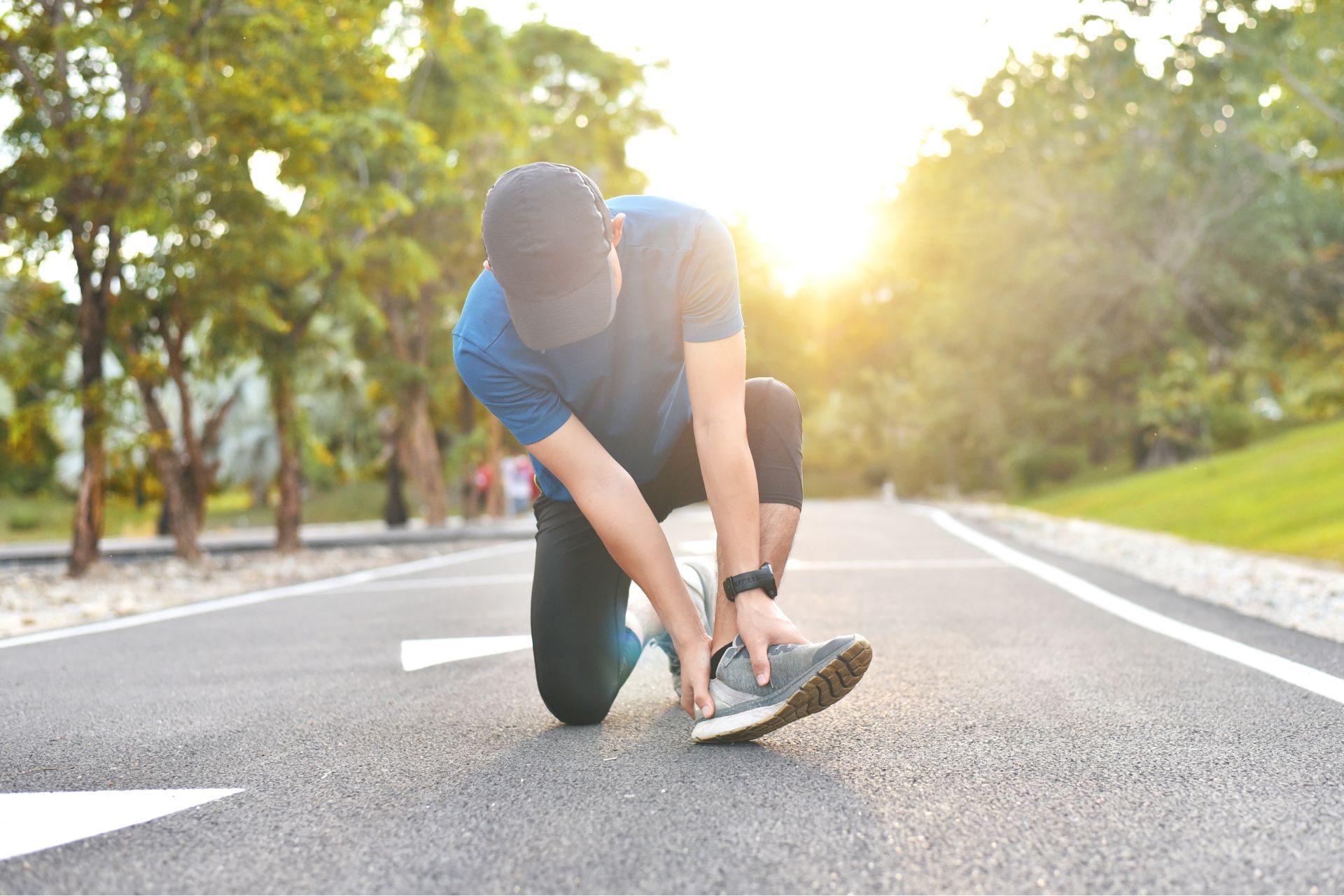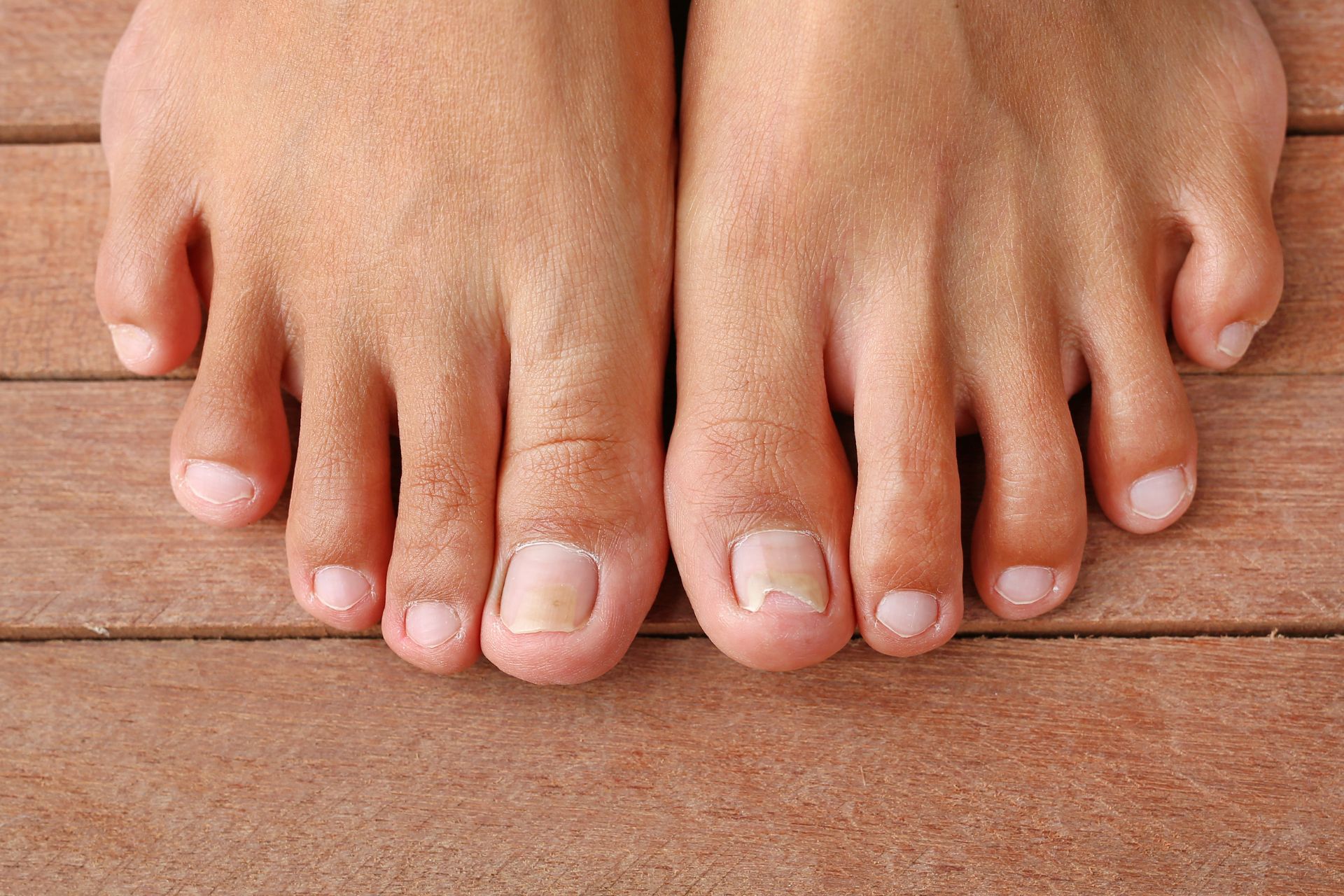If you’re running with flat feet, you need to make sure you are equipped with the right tools before you lace up. The amount of pressure you’re putting on your feet every day is already tough enough, but when you add running into the mix, it’s important that you’re mindful about how your feet may be affecting your stride and pace. Being a runner with flat feet is no small feat!
Feet come in all shapes, sizes, and arch heights. If you have flat feet, you may wonder what type of support is best for you, especially if you’re a runner — beginner or otherwise. Bear in mind that not all flat feet are the same. Here’s what to know about running with low arches and how to find the right pair of shoes for you.
What are flat feet, exactly?
Flat feet, or ‘fallen arches’, describe a condition where the arches along the inner sides of the feet are either very low or entirely flattened. For people with flat feet, the entire sole touches the ground when standing. This lack of arch support often causes the foot to roll inward excessively, known as ‘overpronation’. Overpronation can lead to uneven pressure distribution across the feet, impacting gait and potentially leading to discomfort in the feet, ankles, knees, hips, or lower back.
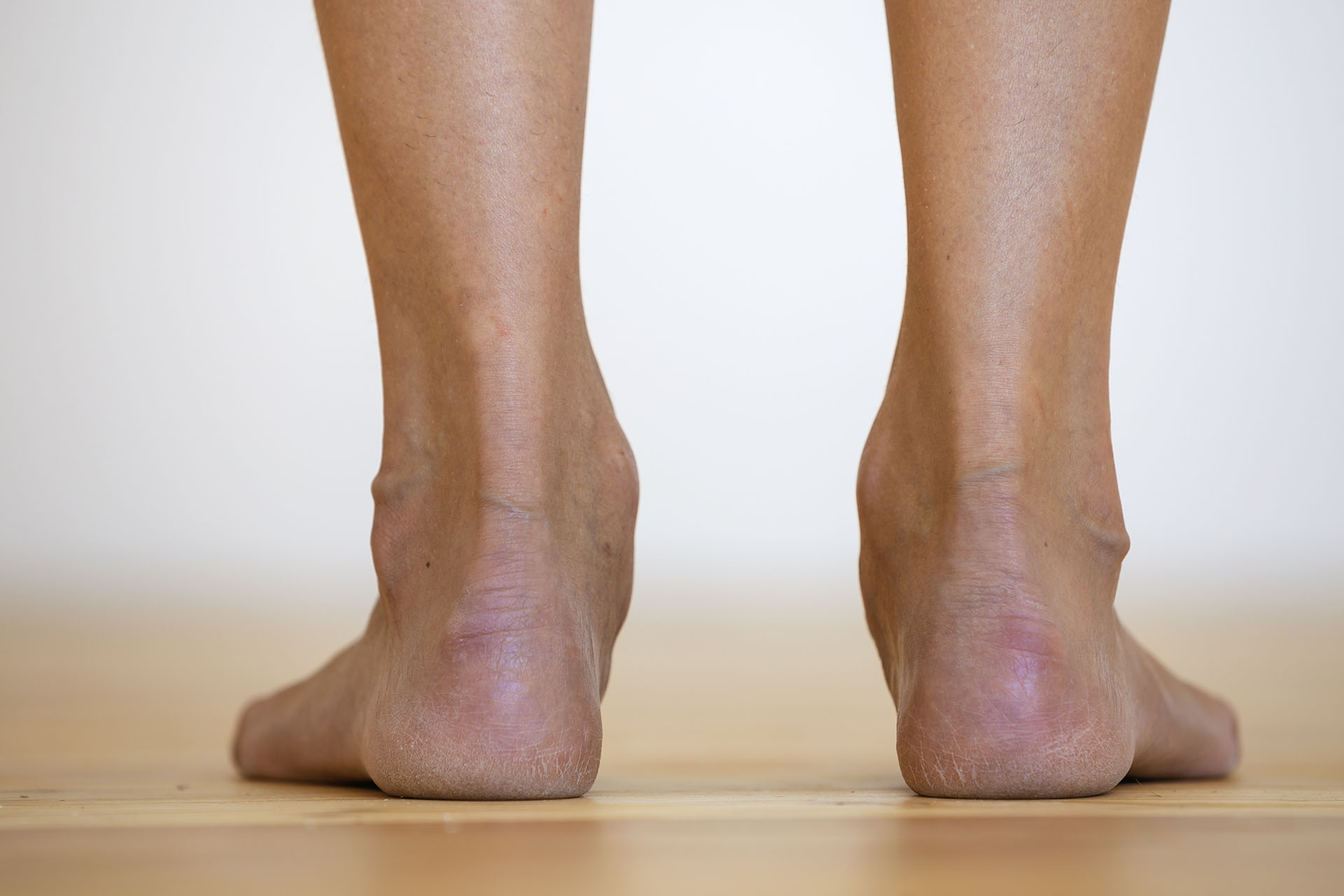
Flat feet can be congenital (present from birth) or develop over time due to age, injury or strain on the foot’s tendons and ligaments. While some people with flat feet experience no symptoms, others may develop pain or fatigue in their feet, especially after long periods of standing, walking or physical activity. Treatment options like arch-support insoles or custom orthotics can help support proper alignment and reduce strain. In addition, runners may need something extra to compensate for flat feet during training.
Do I Overpronate?
While some inward rolls are normal, overpronation occurs when the foot rolls too far in and is often associated with flat feet. This exaggerated motion can strain the big toe, lead to arch collapse, or cause ankles to roll inward.
A quick way to check for overpronation is to examine the wear pattern on your running shoes: if the inner edge of the soles shows more wear, you may be overpronating. Mild overpronation isn’t typically a concern unless it’s causing discomfort. However, excessive pronation can lead to heel pain or injuries in the knees, hips, and lower back.
What to Look for in Flat Feet Footwear
If you have flat feet, choosing the right shoes can make a big difference when running. Stability shoes provide extra arch support and plenty of cushioning, helping keep your feet comfortable and supported. Motion-control shoes go further by adding extra arch support and a firm heel cup to stop your feet from rolling inward with each step.
Motion-control shoes can help reduce the risk of specific pronation-related injuries, such as knee or ankle pain, for flat-footed runners who overpronate. However, while they’re great for managing overpronation, they don’t necessarily prevent other running injuries.
The best approach to shoe shopping starts with expert advice. Let our podiatrists at The Foot Practice assess your feet and recommend suitable footwear options before you make a purchase. Remember that comfort is key once you’re at the store. Try on multiple pairs to find your perfect match. Here are some features to consider if your feet are overpronated or want to avoid flat feet running pain.
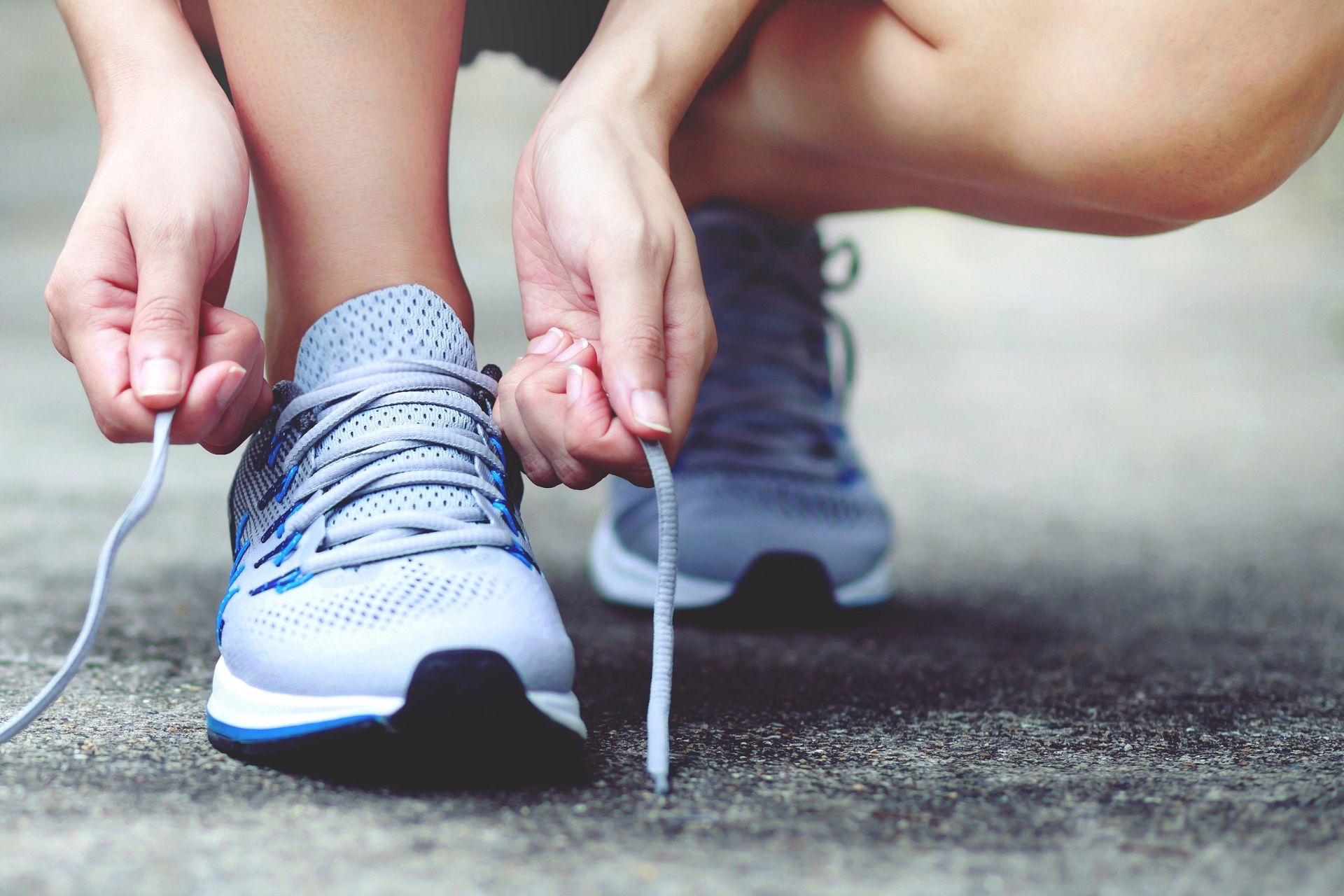
1. Roomy Toe Box and Wide Forefoot
A wide forefoot area provides extra stability and absorbs shock as your foot strikes the ground, helping to keep your foot steady and reduce impact.
2. Firm Heel Support
Firm heel support is crucial to protect the tendons in your feet from strain due to overpronation. Overpronation can overstretch the ligaments and tendons attached to the heel, often leading to heel pain. In addition to proper diagnosis and treatment with a podiatrist, wear well-fitted shoes with shock-absorbing soles and a rigid shank (the supportive part under the arch). A shoe with a rigid shank won’t easily bend in half, and supportive heel reinforcement can help prevent heel pain.
3. Dual-Density Midsole
Shoes with a dual-density midsole provide firmer foam on the inner side (medial side) of the shoe to counteract the inward roll of overpronation. This added support helps control excessive inward movement, keeping your foot more stable.
4. Sturdy Outsole
A durable, non-flexible outsole is important for overpronators, as it can prevent excessive twisting and improve stability. Look for shoes with a thicker or firmer outer edge, which can support the entire foot through each step.
5. Low but Firm Arch Support
It’s important to have low, firm arch support that feels comfortable and supportive during each step. The arch support should be cushioned but not too soft or compressible, offering the right balance to keep your foot aligned without over-flexing.
6. Heel Counter
A reinforced heel counter (the stiff section at the back of the shoe) helps keep the heel in place and aligned, preventing too much inward rolling. This feature stabilises the rearfoot, supporting the natural gait cycle and reducing strain on the ankle.
How The Foot Practice Addresses Runners with Flat Feet
Our state-of-the-art pressure-sensing treadmill revolutionises gait analysis for flat feet running. With 1,000 sensor points capturing every stride, we can precisely measure how pressure distributes across your feet during movement. This detailed analysis is crucial for flat-footed runners, who often face challenges with overpronation and stability.
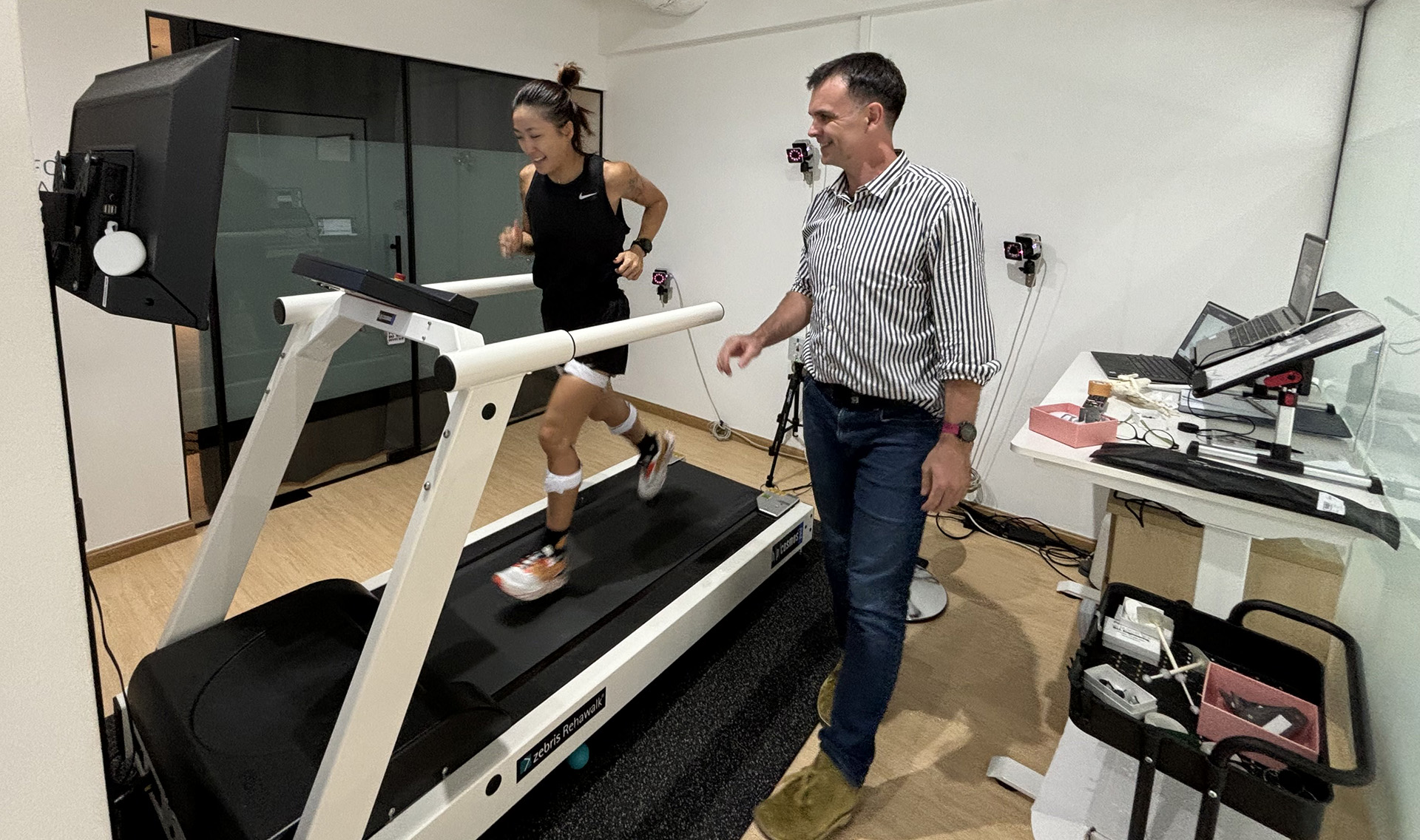
Each step on our advanced treadmill reveals your unique pressure patterns and movement tendencies. We identify critical pressure points and analyse how your feet manage the impact, paying particular attention to arch behaviour and pronation patterns. This data helps us understand how your flat feet might affect your knees, hips and lower back during runs.
Armed with these insights, our podiatrists create personalised solutions tailored to your needs — from custom insoles to stability shoes. We’ll work with you to develop a comprehensive plan that improves your running mechanics and helps prevent injuries, ensuring you maintain your running routine confidently and comfortably. Schedule an initial consultation at The Foot Practice today if you’re a runner with flat feet and want to get back on track on the right foot.


